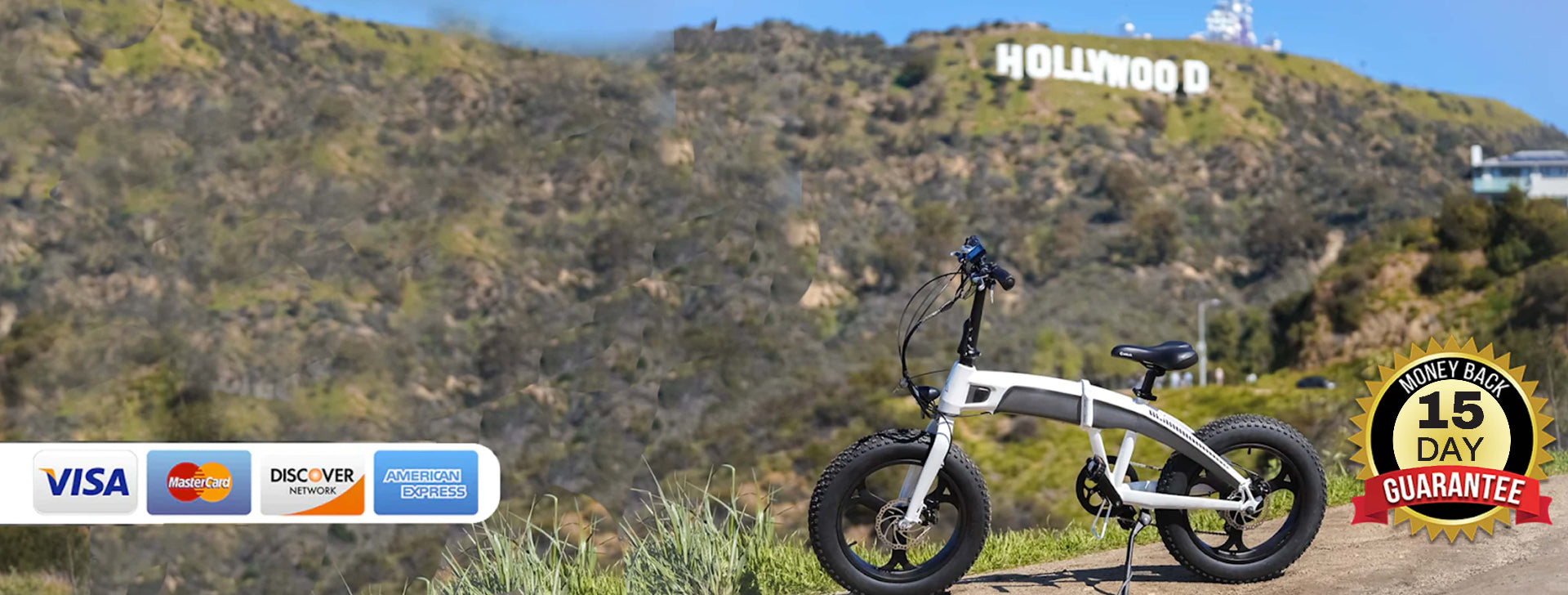Electric bikes (e-bikes) have revolutionized the way we think about cycling, offering enhanced mobility and versatility for riders of all types. Among the diverse array of e-bike options available, two prominent categories stand out: mountain e-bikes and commuting e-bikes. While both offer electric assistance, they are designed with distinct purposes and features tailored to different riding environments. In this article, we'll delve into the differences between mountain e-bikes and commuting e-bikes, helping riders understand which option best suits their needs and preferences.
Mountain E-Bikes: Conquering the Trails Mountain e-bikes, also known as e-MTBs, are specifically engineered for off-road adventures and rugged terrain. These bikes are built to withstand the demands of trail riding, offering features optimized for performance, durability, and control.
-
Robust Frame and Suspension: Mountain e-bikes are equipped with sturdy frames and suspension systems designed to absorb shocks and vibrations encountered on rough trails. This ensures a smoother ride and greater stability, allowing riders to tackle challenging terrain with confidence.
-
Aggressive Tires: Mountain e-bikes feature knobby, wide tires with deep treads, providing superior traction on loose surfaces like dirt, gravel, and rocks. The aggressive tread pattern enhances grip and control, enabling riders to navigate steep climbs and technical descents with ease.
-
Powerful Motor and Battery: To conquer steep inclines and rough terrain, mountain e-bikes are equipped with high-torque motors and long-lasting batteries. These components provide ample power and range, allowing riders to tackle extended rides without worrying about running out of juice.
Commuting E-Bikes: Navigating the Urban Landscape Commuting e-bikes are designed for practicality, efficiency, and comfort, making them ideal for navigating city streets, bike paths, and urban environments. These bikes prioritize convenience, versatility, and ease of use for everyday transportation.
-
Lightweight and Agile: Commuting e-bikes feature lightweight frames and agile handling, making them well-suited for maneuvering through traffic and crowded streets. The compact design and responsive handling allow riders to navigate tight spaces and urban obstacles with ease.
-
Smooth Riding Experience: With their upright riding position and ergonomic features, commuting e-bikes prioritize comfort and convenience for daily commuting. Features such as step-through frames, adjustable handlebars, and padded saddles enhance the riding experience and reduce fatigue during long rides.
-
Integrated Accessories: Commuting e-bikes often come equipped with integrated accessories designed to enhance functionality and utility for everyday use. Features like fenders, racks, lights, and built-in locks provide added convenience and practicality for commuting and running errands around town.
While both mountain e-bikes and commuting e-bikes offer electric assistance, they are designed with distinct purposes and features tailored to different riding environments. Mountain e-bikes excel in off-road adventures, with robust frames, aggressive tires, and powerful motors optimized for trail riding. On the other hand, commuting e-bikes prioritize practicality, comfort, and convenience for navigating urban landscapes, with lightweight frames, smooth handling, and integrated accessories designed for everyday commuting. By understanding the differences between these two e-bike categories, riders can choose the option that best suits their riding preferences and lifestyle needs.









